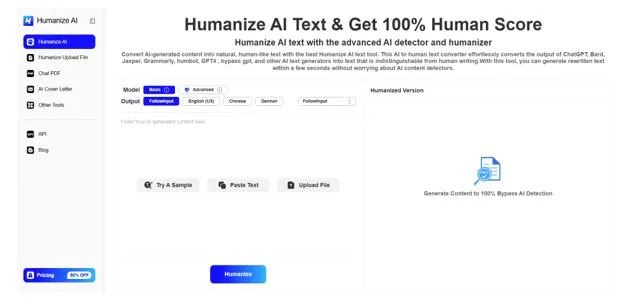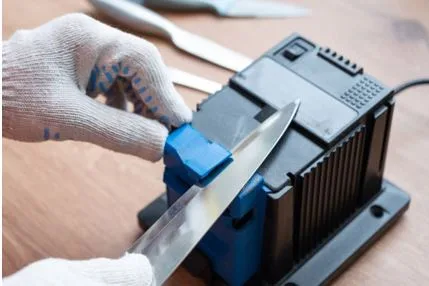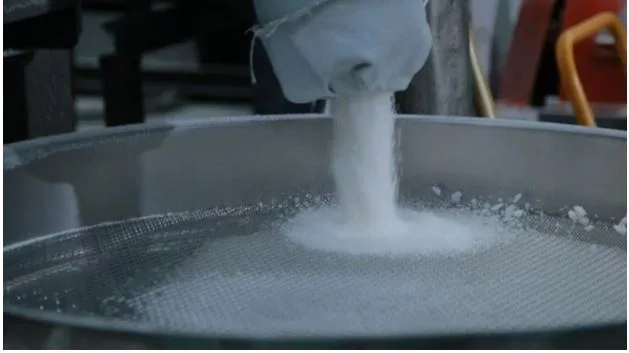Foundation Repair Alpharetta: Helical Piers Vs. Push Piers Comparison
When a home in Alpharetta starts to show signs of foundation distress—cracks in walls, sticking doors, or uneven floors—homeowners face a critical decision: how to restore structural integrity effectively and permanently. Among the most reliable methods in modern foundation stabilization are helical piers and push piers. While both are used by qualified foundation piering contractors Alpharetta, they differ significantly in how they work and the scenarios they’re best suited for.
Understanding the strengths of each system—and the importance of customized engineering over generic solutions—can help Alpharetta homeowners avoid costly mistakes when choosing a repair method or contractor.
Push Piers: Powered By Building Load
Resistance piers, or push piers, are a common foundation underpinning method. The home’s weight “pushes” these steel piers deeper into the soil until they reach a load-bearing stratum.
The key benefit of push piers is their capacity to leverage the building’s existing weight. This makes them an ideal choice for heavier structures such as multi-story brick homes, where the building mass provides sufficient downward force to advance the piers to stable ground. Once they are in place, the weight of the structure is transferred onto the piers, relieving stress from the failing soil beneath.
However, push piers are not always the right choice. Lighter structures, such as single-story homes or additions, may not generate enough resistance to effectively drive the piers deep enough. In such cases, relying solely on push piers can lead to incomplete stabilization, especially when improperly installed by contractors using a one-size-fits-all approach.
Helical Piers: Mechanically Screwed For Precision
Helical piers operate differently. Instead of being driven by weight, they are mechanically advanced into the soil using hydraulic torque equipment. These piers feature helical plates (like giant screws) that pull the pier downward as they rotate. Torque readings during installation are used to determine when suitable load-bearing strata have been reached.
This method has multiple advantages. First, it’s ideal for lighter structures since installation does not rely on the structure’s weight. Second, helical piers can be installed with a high degree of control and predictability, which is especially useful in areas with inconsistent soil conditions—something not uncommon in parts of Alpharetta.
Additionally, helical piers are often used in new construction or for projects where minimal disruption is preferred. The installation is clean, fast, and less dependent on heavy machinery compared to push piers.
The Pitfall Of One-Size-Fits-All Repair Approaches
In a market flooded with foundation repair companies offering limited or pre-packaged solutions, many Alpharetta homeowners are sold on the idea of a “universal fix.” Unfortunately, foundation issues are rarely that simple.
Every property has unique soil conditions, structural loads, and historical repair factors that must be considered. Contractors who only offer push piers, for example, may recommend them regardless of whether they’re appropriate for the specific home. Likewise, over-relying on helical piers without proper site assessment can result in underperformance or overengineering—both of which are costly.
This is where engineering-led companies like ESOG stand apart. Rather than pushing a predetermined product, their teams evaluate the structure, assess soil profiles, and consider load demands to recommend the most suitable piering system. This data-driven approach ensures that the selected method is tailored to the actual conditions of the site rather than a standard checklist.
By working with Alpharetta foundation repair specialists who emphasize diagnostics and customization, homeowners can feel confident in a long-lasting solution that not only stabilizes the foundation but prevents future settlement or shifting.
Long-Term Performance And Warranty Considerations
Another important aspect of the helical vs. push pier decision is the long-term warranty and performance. Both systems, when properly engineered and installed, offer impressive durability and support. However, warranty specifics often depend more on the contractor than the system itself.
Reputable contractors who specialize in both systems are likely to offer transferable, long-term warranties that cover structural stability. On the other hand, budget foundation repair firms may not be certified to install both types and may void warranties if soil conditions or building load don’t align with their limited offerings.
Ultimately, the piering system is only as effective as the hands—and minds—behind it. That’s why working with foundation piering contractors in Alpharetta who focus on engineering integrity rather than product promotion is essential to protecting your home investment.
Final Thoughts
Choosing between helical piers and push piers isn’t a matter of preference—it’s a matter of precise engineering. While both systems have their place, understanding how each function and where they excel is crucial for successful foundation repair. Avoid the temptation of one-size-fits-all companies that treat every home like a copy-paste project. Instead, turn to trusted Alpharetta foundation repair specialists who provide tailored solutions based on site-specific data. Whether your home needs the torque-driven precision of helical piers or the structural strength of push piers, making the right call begins with working with experts who prioritize your home’s unique needs over quick fixes.




